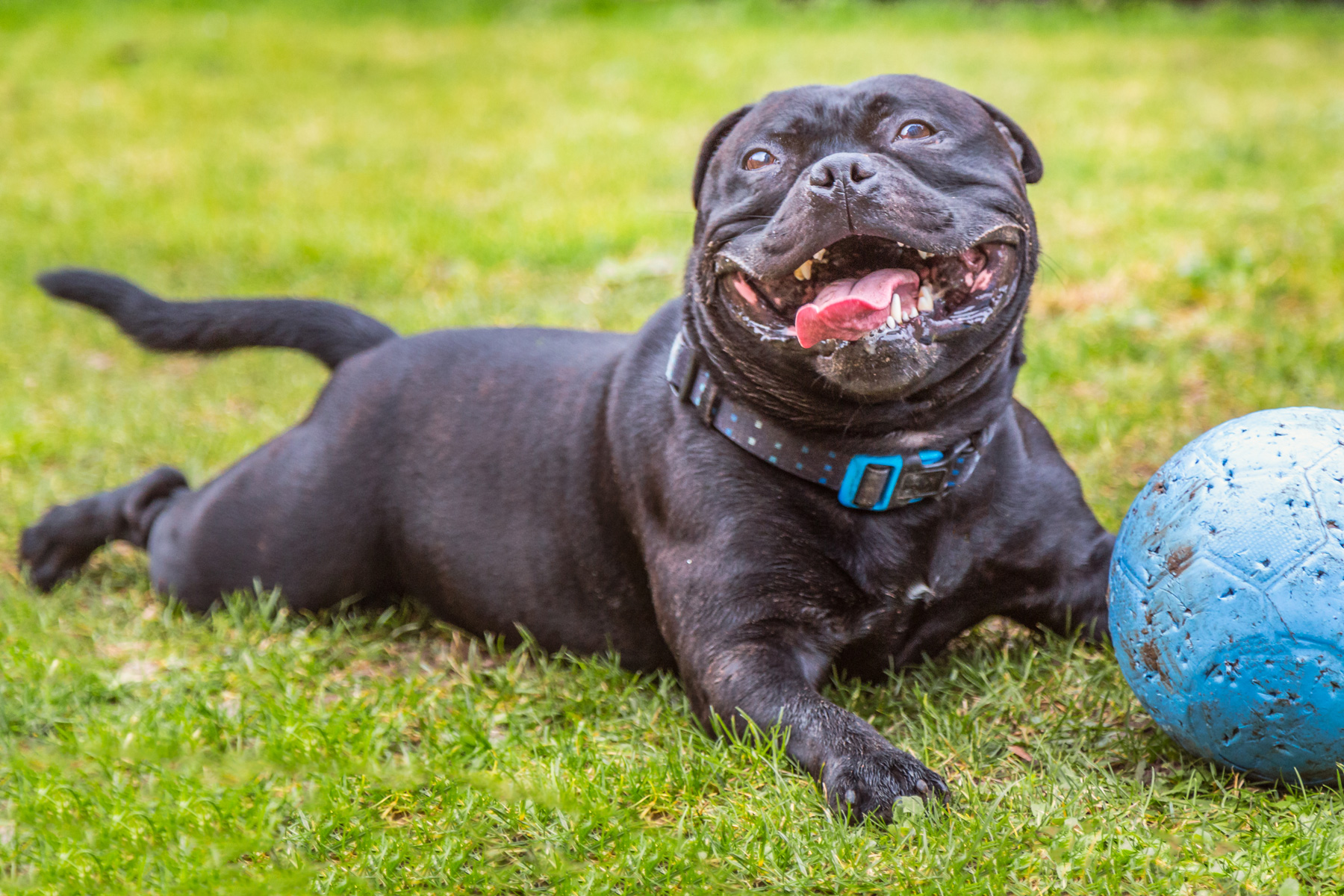Snails are invertebrate gastropods with a shell-house. They seem cute and completely harmless to us, but do not underestimate these small animals, since many of them can be fatal to both people and their pets. In this article, we are going to find out what can happen one day if a dog eats snails.
Snails vs dogs
Some owners do not see the danger in the fact that their dogs occasionally eat snails crawling around the yard. They also treat favorably when the doggies feast on water snails from rivers, lakes, and ponds. Say, a pet, having swallowed a clam, will receive an additional portion of protein, vitamins, and minerals. However, there is really nothing to be happy about. Consider the threat snails pose to the life and health of pets:

- Snails are carriers of helminthiases. According to an article by veterinarian Claire Jenkins, a pet eating a water or land snail can contract angiostrongyliasis, an ailment caused by the nematodes Angiostrongylus cantonensis. Otherwise, these parasites are called rat worms.The main candidates for infection with angiostrongyliasis are young curious dogs that love to try snails and slugs on the tooth (they, by the way, are also carriers of the parasitic disease).
Rat worms infect the spinal cord and brain of animals, which often leads to the development of meningitis. Symptoms of angiostrongyliasis in dogs are refusal to eat and sometimes drink, weight loss, low physical activity, paralysis of the hind limbs, severe pain in the back, head, and neck, seizures, fever, coughing, possibly hemoptysis.
In addition to Angiostrongylus cantonensis, snails are intermediate hosts for Alaria alata, fluke trematodes that cause the development of filariasis. These parasites live in dogs’ gastrointestinal tract, lungs, and diaphragm. Signs of alariasis in pets are depression, fever, heavy breathing, wheezing in the lungs, coughing, vomiting, diarrhea or constipation, lack of appetite and rapid weight loss, epileptic seizures are possible.
Opisthorchiasis can be considered another helminthic disease, the culprits of which are also snails. Opisthorchis felineus is a disease caused by trematodes, which are otherwise called feline flukes. Such parasites feed on the tissues of the gallbladder, pancreas, liver and the blood of the hepatic vessels. Symptoms of opisthorchiasis in dogs are lethargy, lack of appetite, vomiting, pain in the peritoneum, yellowness and poor skin condition (flabbiness, dryness), discoloration of feces, anemia.
- Snails are the cause of intestinal obstruction. Fortunately for dog breeders, not all snails are carriers of helminthiases. However, it is possible that a mollusk swallowed by a doggie can cause intestinal blockage. Without emergency assistance, with such a disaster, a lethal outcome is possible. You can recognize intestinal obstruction in a dog by the following signs: restless behavior, refusal to eat, vomiting, flatulence, belching, bad breath, constipation (in some situations, partial bowel movements may be present when very little very dry feces come out), high body temperature, rapid pulse, heavy breathing. The abdomen is very hard and distended when the intestines are blocked.
- Snails are the cause of internal injuries. If the dog ate a snail, then with the sharp fragments of its shell, it could cut the tongue, palate, gums, pharynx, or esophagus. With such injuries, animals can behave both apathetically and restlessly, refuse to eat, bark hoarsely, gag, cough, breathe heavily with an open mouth, and experience pain during swallowing.
- Snail mucus is the cause of allergic reactions. Although not so often, the mucus secreted by shellfish can also harm dogs. After contact with snail mucus, some pets may experience peeling, rash, and redness on the skin, and severe itching is possible.
How to keep your dog safe from snail contact
What to do if a dog ate a snail: go to a veterinarian or discourage panic and wait for the mollusk to leave the pet’s body naturally? By far the wisest decision is to visit the doctor’s office, especially if the snail was large.
Is it possible to save your dog from meeting a snail? In any case, you can try if you follow these simple rules:
- Many dogs love to swim. In the water of rivers and ponds, they can meet infected snails. The risk is small that the animal will swallow the snail while bathing, but this cannot be completely ruled out. Perhaps you should not deprive your pet of water procedures, but if after a while after swimming the dog develops alarming symptoms, the owner will have to immediately go to the veterinary clinic;
- Sometimes pets will swallow snails accidentally if horned mollusks swim in their outdoor bowls. The owner of a dog living in an outdoor enclosure should wash the food and water bowls daily and inspect the yard for snails from time to time. Daily collection of shellfish by hand greatly reduces the risk of meeting the dog;
- Bowls with low edges filled with dark beer or apple juice should be placed around the area. Snails love these drinks, therefore they willingly fall into trap bowls, and then swim in them;
- Birds can drive snails out of the yard. On the site you need to hang out feeders with grain or bread in order to attract birds;
- The aroma of herbs (thyme, sage, rosemary, etc.) is not pleasant to snails. You can plant such plants around the perimeter of the yard;
- It is important to remove fallen and rotting berries, fruits and vegetables, rotten foliage, cut grass from the site in time. An abundance of the decaying vegetation is a snail’s paradise;
- Some owners, wanting to protect their dogs from meeting snails and protect plants, purchase chemical pest control products. But this is extremely unsafe since almost all of them contain metaldehyde, a substance that damages the cells of the digestive tract of snails. However, metaldehyde is dangerous not only for mollusks but also for domestic animals and their owners. Signs of metaldehyde poisoning in dogs – vomiting, diarrhea, severe shortness of breath, tremors and impaired coordination of movements, convulsions, rapid noisy breathing, profuse salivation. If the dog is not immediately taken to the doctor, it will die;
- Keeping the dog from swallowing the snail while walking will become much easier if the dog is taught simple commands like “Ugh!” or “You can’t!”;
- If decorative snails live at home, the owner should not leave them alone with the dog unattended. There is a great risk that the dog will want to taste the taste of a crawling stranger with a shell;
- Poisonous snails are unlikely to be found in Russian natural reservoirs and on land. But in other countries with hot climates, such dangerous mollusks are found. When visiting a foreign country with a pet, a dog owner should be aware of the danger of his meeting with a poisonous snail. In addition, it is advisable to have in the telephone book the number of the foreign veterinary clinic, which can be contacted if necessary.

